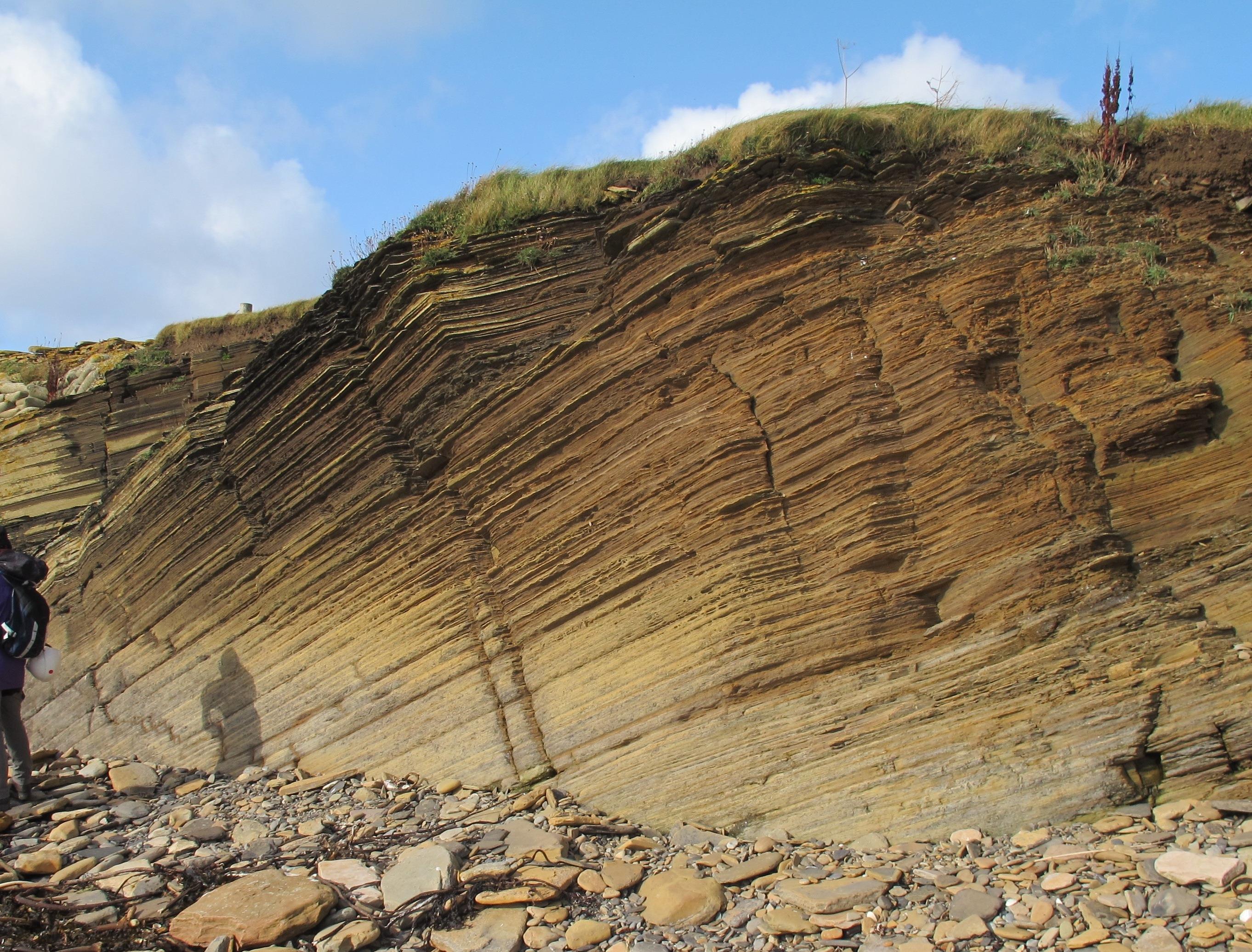Migration from source to reservoir
Description
We learned that oil results from kerogen, which in turn comes from organic matter. This oil is then present in source rocks. The source rocks get overpressured and oil moves from the source rocks to the reservoir rocks. Reservoir rocks can be imaged with seismic by geophysicists, and this is also where human get the oil from. Here it is explained why migration happens, and some evidence of seepages which prove migration is given. (In Petroleum Geoscience: paragraph 2.8 'Seepage of petroleum') || Primary migration is the migration from the source rock to 'something else', which is badly understood in science. The contradiction on pore sizes in source rocks and the sizes of the migrating molecules is explained. Moreover four possible primary migration mechanisms are discussed. || Secondary migration is the migration from 'something else' to the reservoir rock. This is much better understood than primary migration. Buoyancy resulting from density differences is the driving force. Some migration pathways are presented, and seals which finally stop the migration are explained. || The lecture is wrapped up with a short summary. || To illustrate the theory further, some case studies on structural traps, stratigraphical traps, combination traps and dynamic traps are presented.
More Episodes
Published 03/21/18
"The main hydrocarbon molecules present in crude oil, like paraffins, naphtenes and aromatics, are discussed. Structural formulas are shown as graphical representations. Moreover, the main method to analyze the composition of oil, gas chromatography, is explained. || After fractionating the crude...
Published 02/28/18
The ability of a solid to transmit fluid is called permeability. This permeability is defined by Darcy's law an can be influenced by properties like grain size, grain sorting, grain roundness and the texture of the rock. An example of that is the fact that rounder grains lead to higher...
Published 02/28/18


